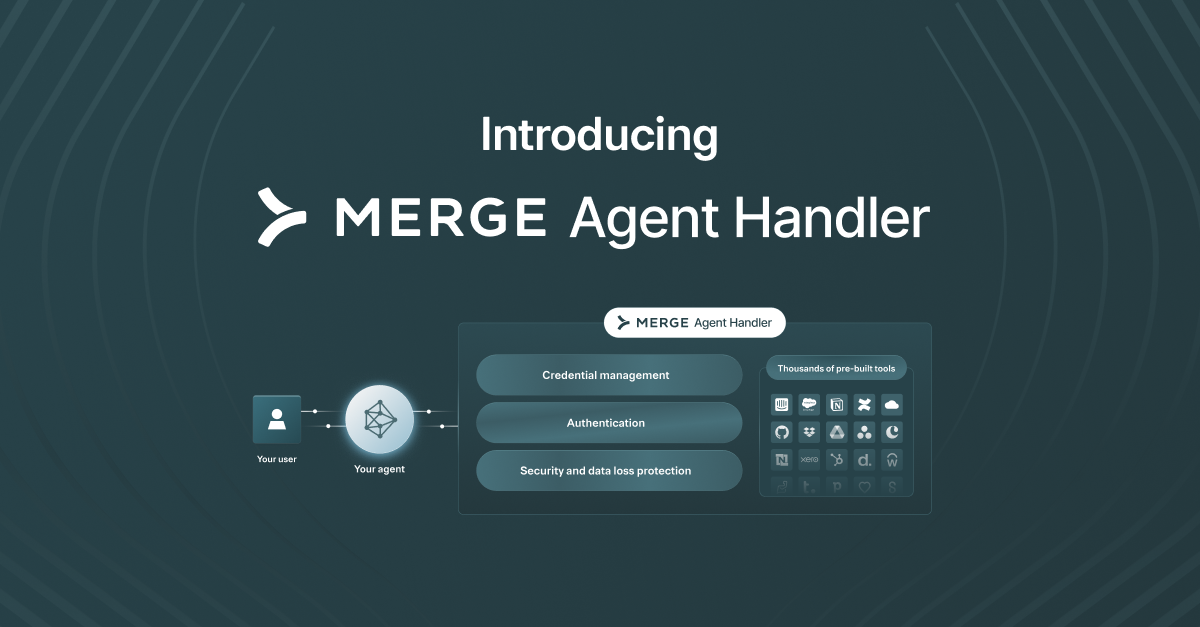How to develop a best-in-class API integration strategy

Your company likely needs to build internal or customer-facing API integrations to fulfill key business needs, whether that’s improving the employee experience, delighting clients, acquiring new business, etc.
The process of building API integrations, however, isn’t such a straightforward exercise. It often requires navigating difficult choices, such as the integrations you should build and how you go about building them.
An API integration strategy can help you make these decisions successfully and easily.
We’ll help you develop your strategy by walking through all the steps needed to craft it. But first, let’s align on API integration and what we mean by an API integration strategy.
What is API integration?
It’s the process of connecting applications through their APIs. These integrations can either be between the applications your business uses internally or between your product and 3rd-party applications.

Related: What is API integration security?
What is an API integration strategy?
It’s an ever-changing, documented plan that lays out how a company should build and maintain their API integrations. This includes the goals from the integrations, the individuals who should participate in specific projects, the tool(s) that are used, and more.

Related: A guide to planning API integration projects
How to implement an API integration strategy
While every company’s API integration strategy will— and should—vary, there are certain steps that can help any business arrive at an effective strategy. Let’s break each of them down:
Step 1: determine your integrations’ goals
Taking the time to come up with your internal and/or customer-facing integrations’ goals can help you make important downstream decisions. Here are just a few examples:
- If one of your goals is to improve your close rate, you may prioritize integrations that your prospects care about the most
- If one of your goals is to support dozens of HRIS integrations with your product, you’ll likely decide to outsource your integrations to a 3rd-party platform
- If one of your goals is to improve employee onboarding, you should focus on integrating the tools that are used in your employee onboarding processes (e.g., your ATS and HRIS)
Step 2: research and define specific build requirements
Once you know which integrations to prioritize, you’ll need to figure out whether a given integration build is, in fact, possible; if it is, you should then determine how you would go on to build it—which involves diving into the 3rd-party API provider's documentation.
Performing this work allows you to make even more informed decisions around the integrations you build, the individuals who should be assigned to each integration project, and which, if any, integrations you should outsource to a 3rd-party tool.
Step 3: design your error-handling processes
All of your integrations will eventually break.
To minimize the harm that any integration issue has on your business, you’ll need to lay out all the potential issues that can occur for a given integration, and the processes that should be implemented to resolve each type of incident.

Related: An example of API error handling
Step 4: outline your review process for each integration
Every integration can likely improve over time—some more frequently than others.
To pinpoint areas of improvement on time and address them quickly, you can set a certain cadence for reviewing each integration and determine the specific performance metrics to benchmark it against over time.
Step 5: document everything in a clear, easy-to-follow format
Finally, you’ll need to create a document that covers all the information you've gathered for each integration. The goal here is to create a document that any developer—from new hires to more tenured employees—can understand and use to get up to speed on your company’s integration strategy quickly.
With this in mind, the document should follow a logical structure (e.g., features the integrations' goals first), use clear and concise language, leverage visuals or screenshots when possible, use dates to clarify when key aspects of an integration changed, and more.
Execute on your API integration strategy successfully with Merge
Merge offers all the features and capabilities your team needs to meet its API integration strategy’s objectives.
The platform has a single API that lets you offer hundreds of integrations with your product, allowing you to integrate quickly and at scale; and the platform gives you the integration maintenance support and management tooling you need to provide reliable and performant integrations.
You can learn more about Merge by scheduling a demo with one of our integration experts.





.png)

.jpg)

